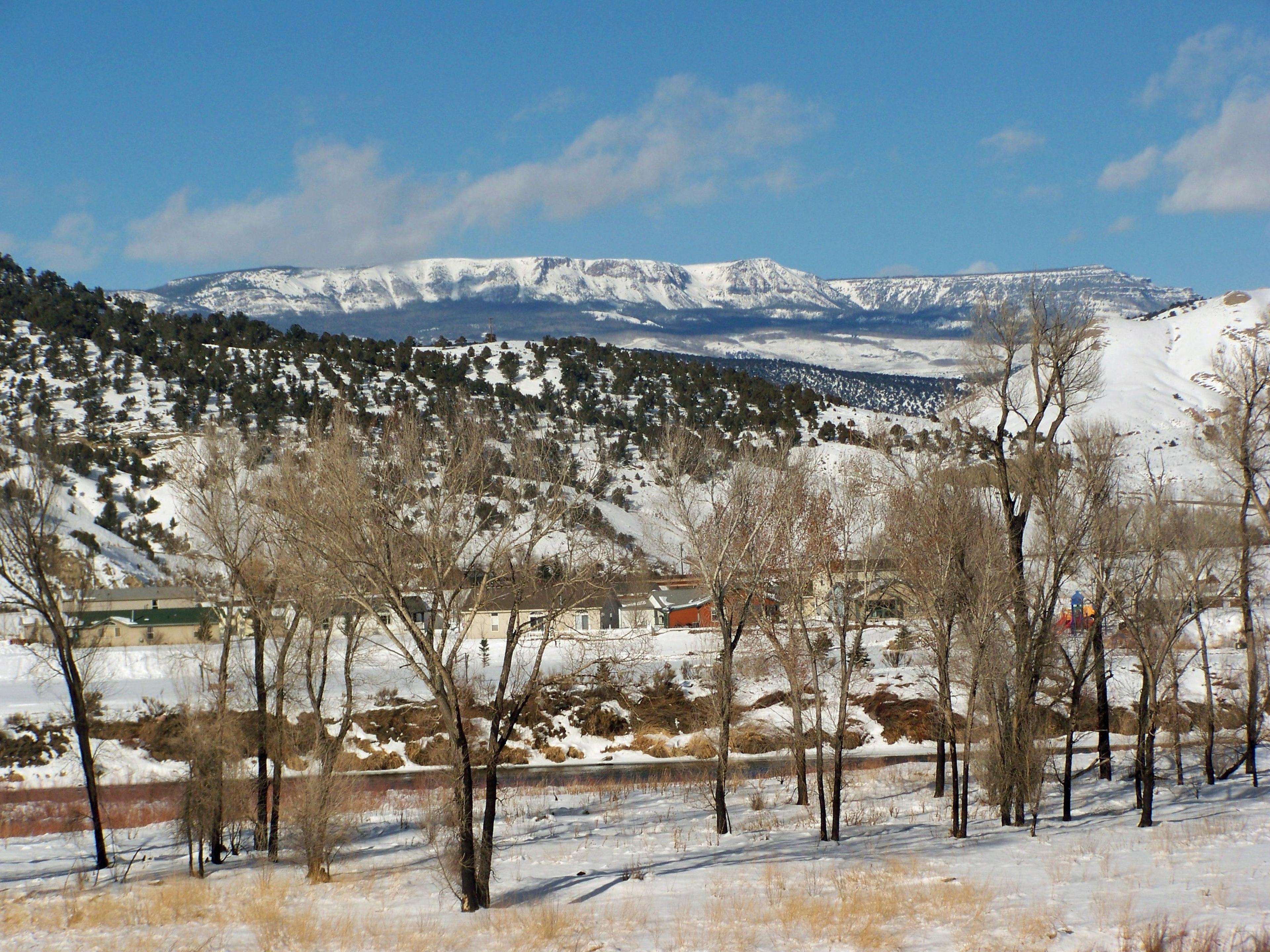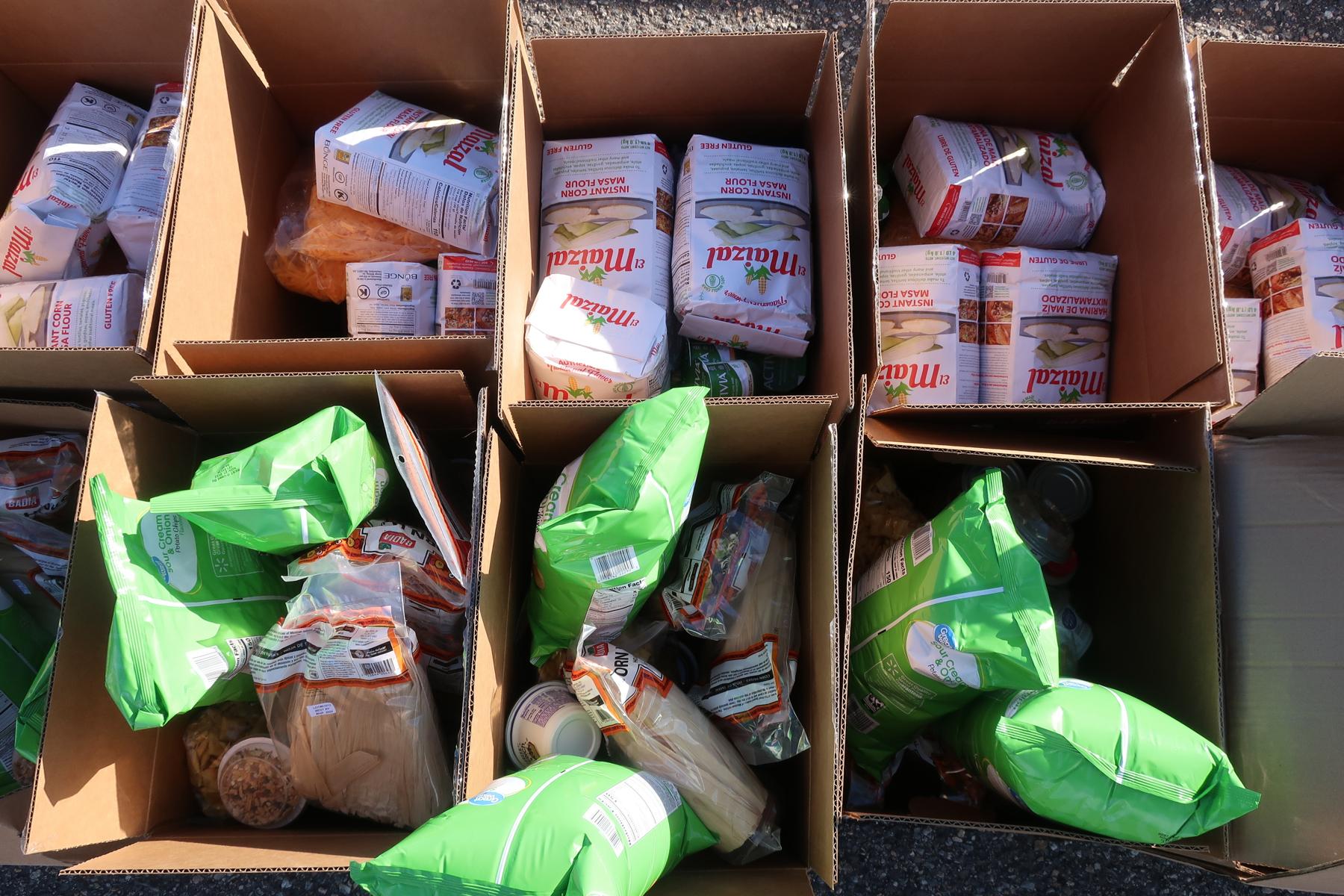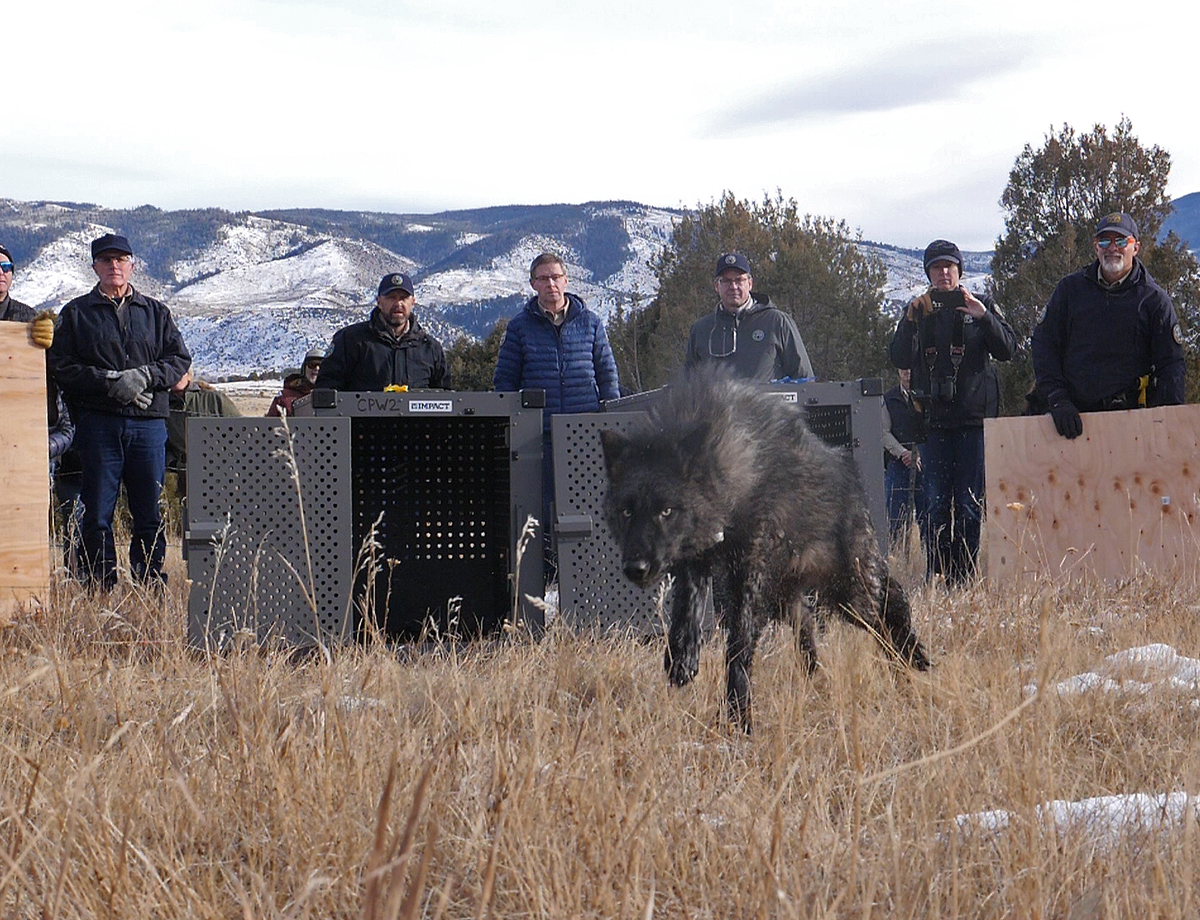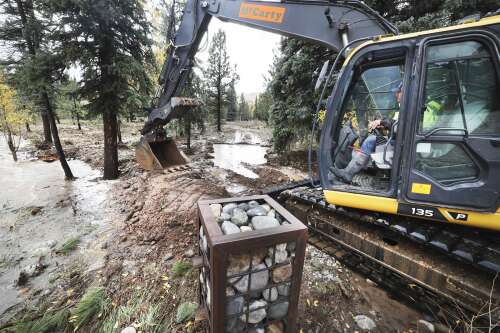

a new study that looked back more than 100 years.
Researchers from around the west, including those at the U.S. Geological Survey in Denver, looked at temperatures, snowfall and stream flows in the Colorado since 1906.
If the temperatures during the runoff season - March to July—were cooler than average, streamflow was higher than expected on the basis of winter precipitation alone, the team found. However, when runoff-season temperatures were above average, streamflow was less than expected on the basis of winter precipitation.
The researchers point out that warmer-than-average spring temperatures have been increasing since the 1980s. They also identified six periods of drought in the region that feeds the Colorado: 1931-1940, 1950-1956, 1959-1969, 1972-1977, 1988-1996 and 2000-2012.








